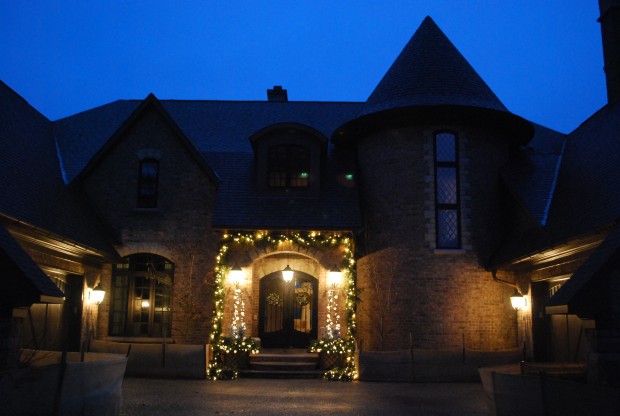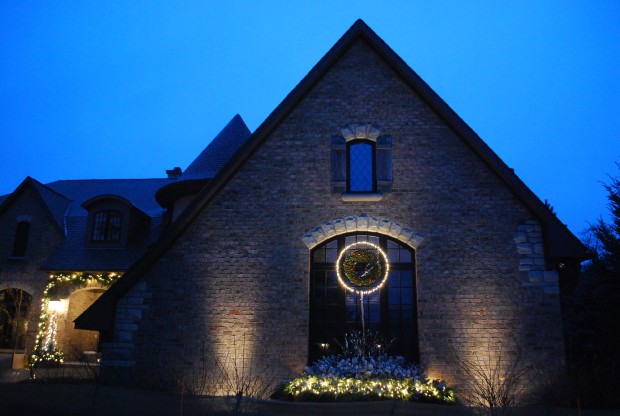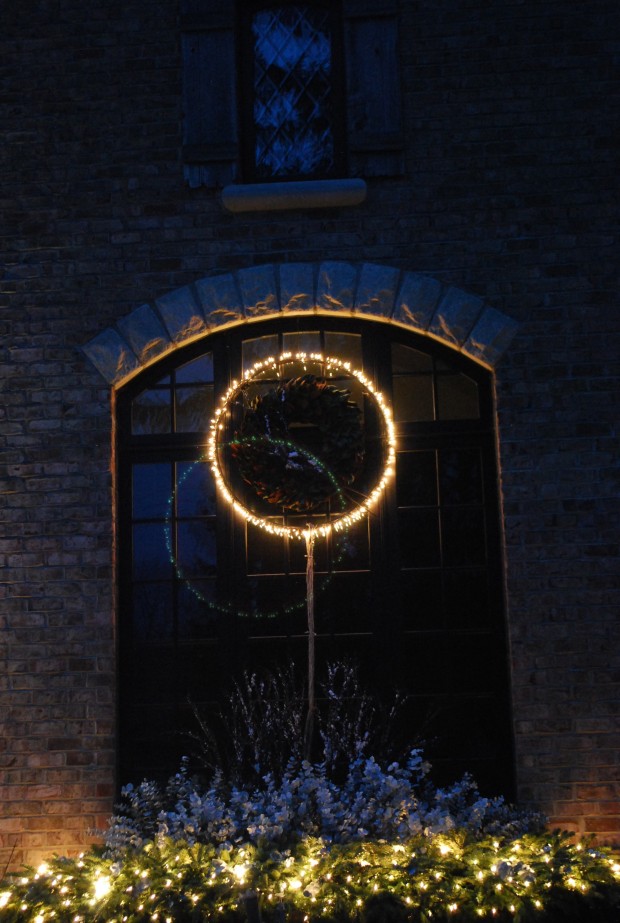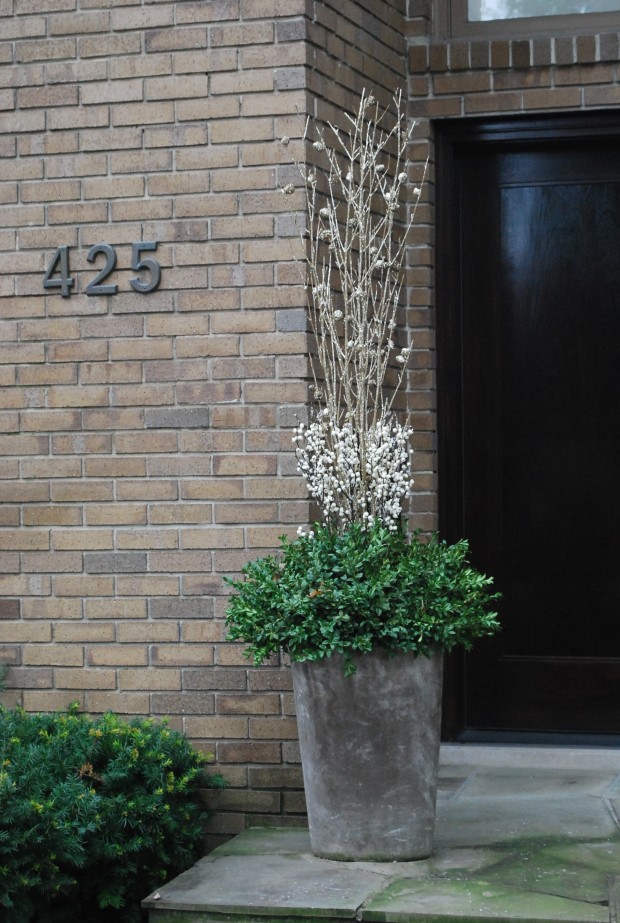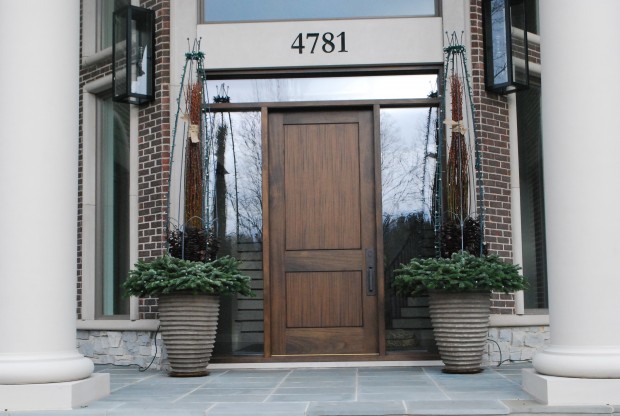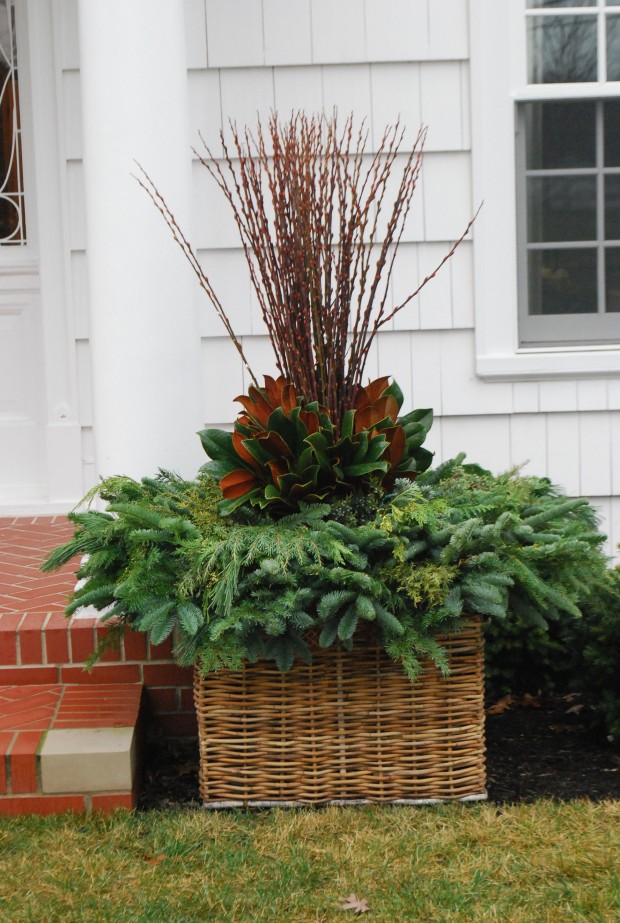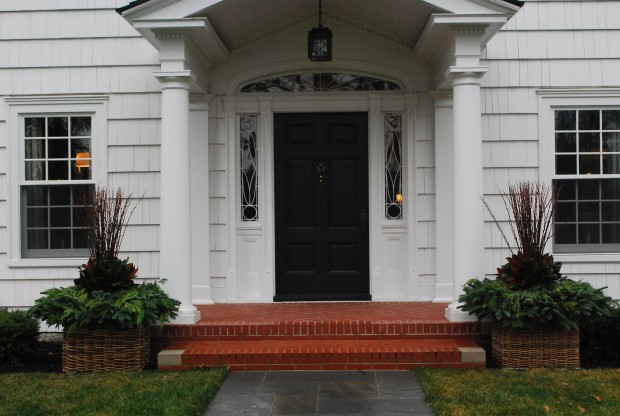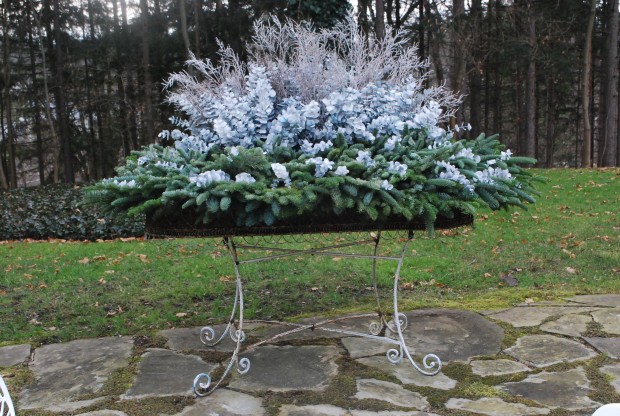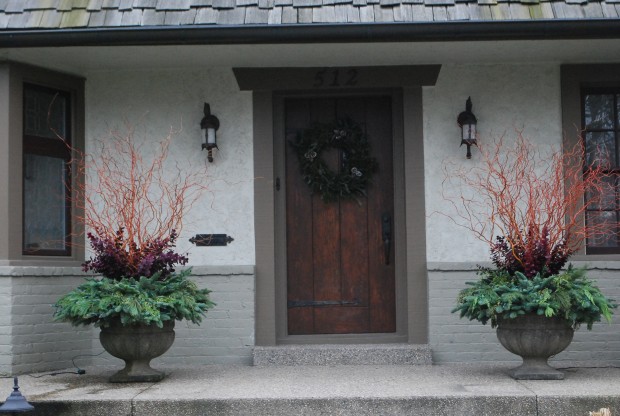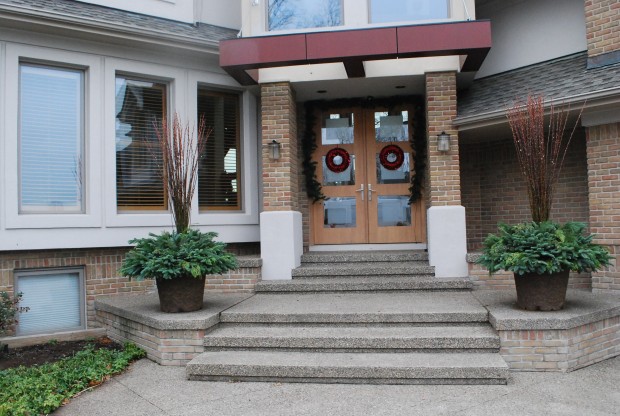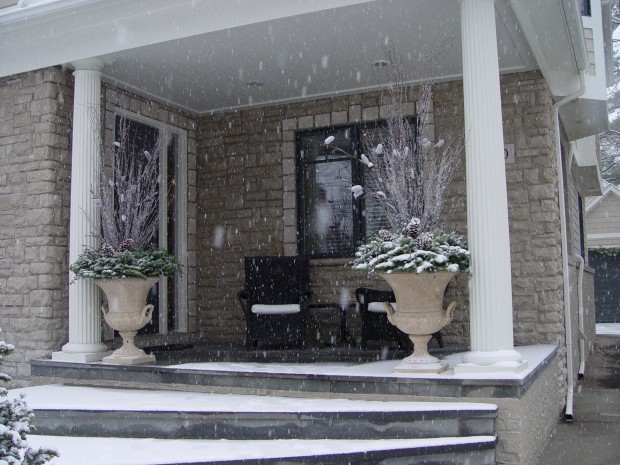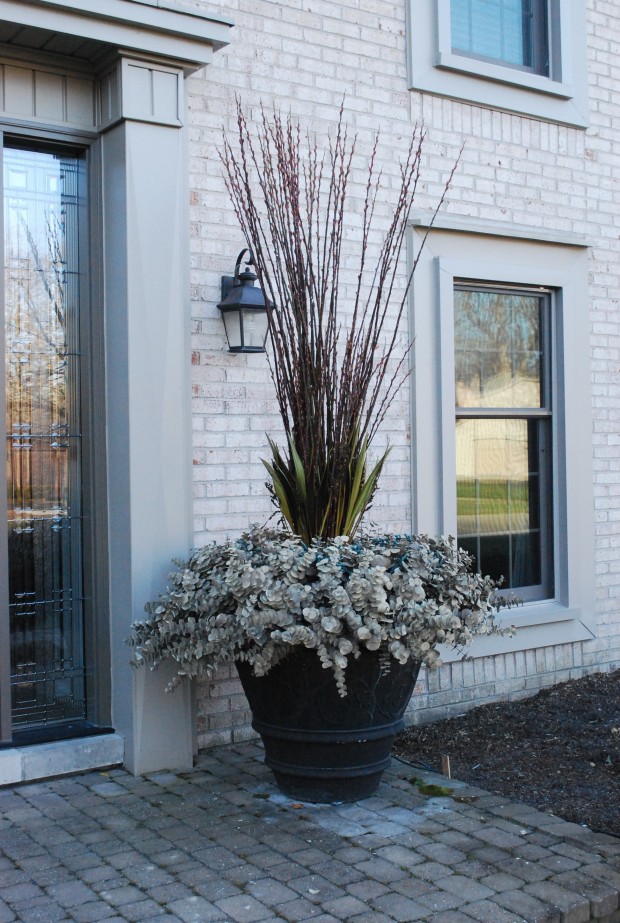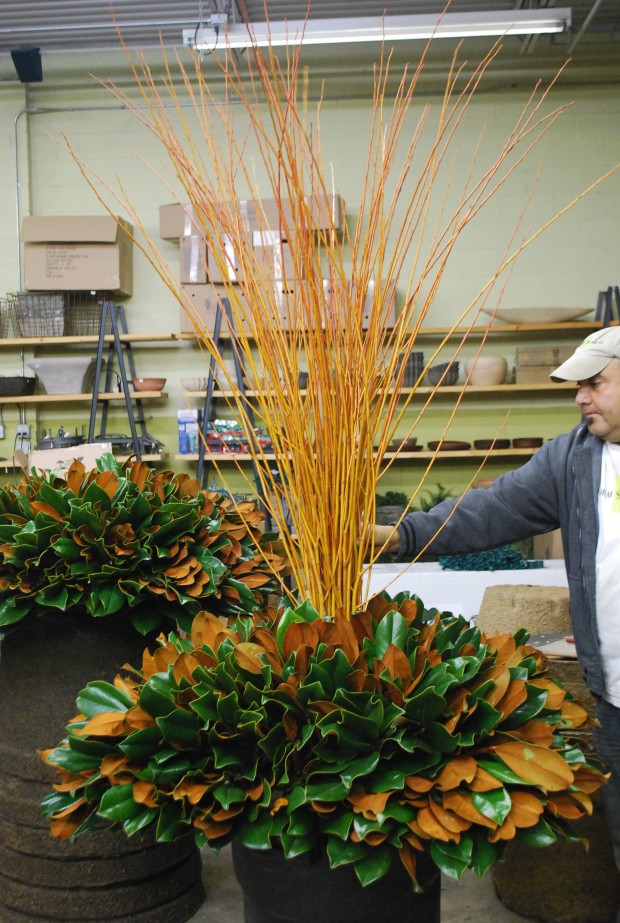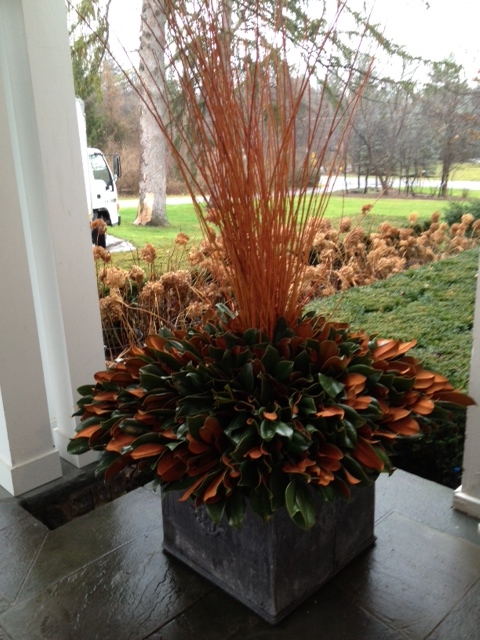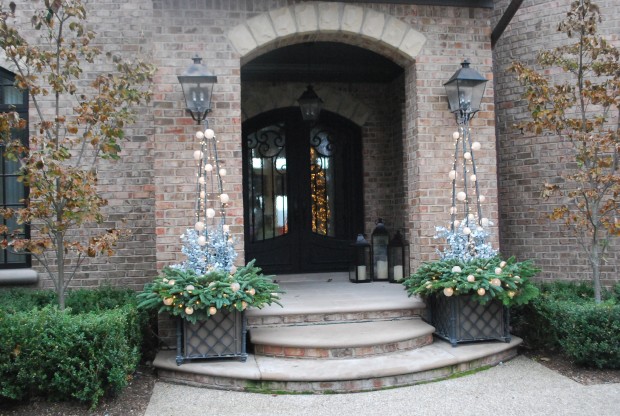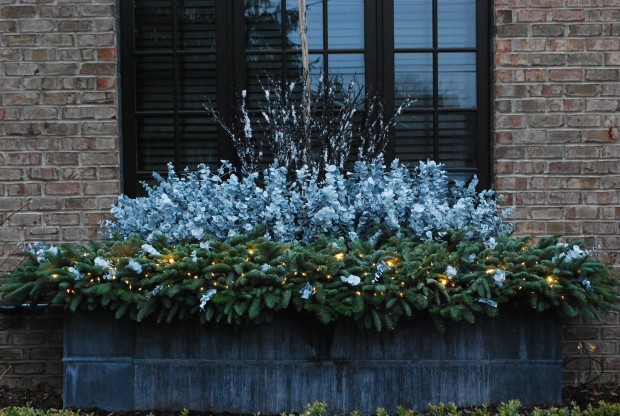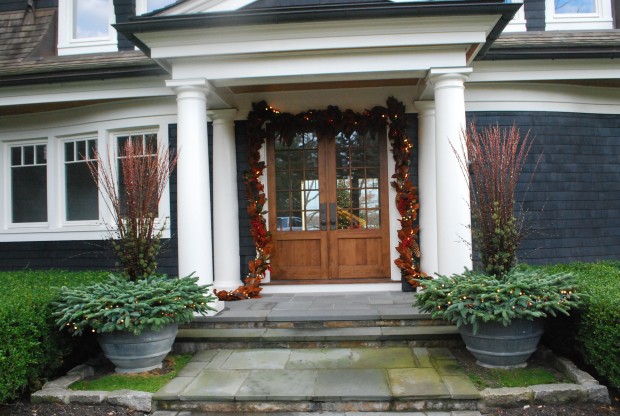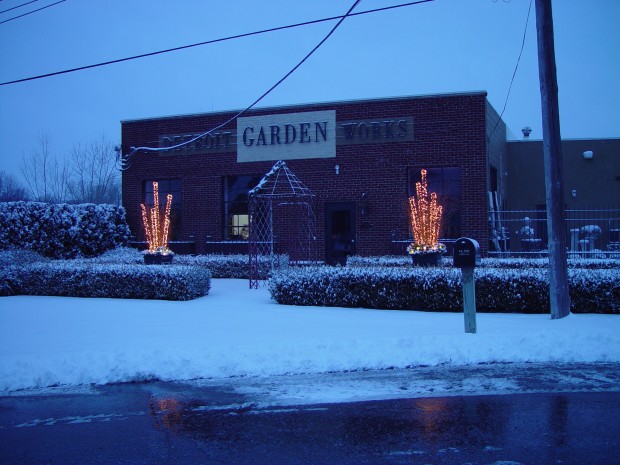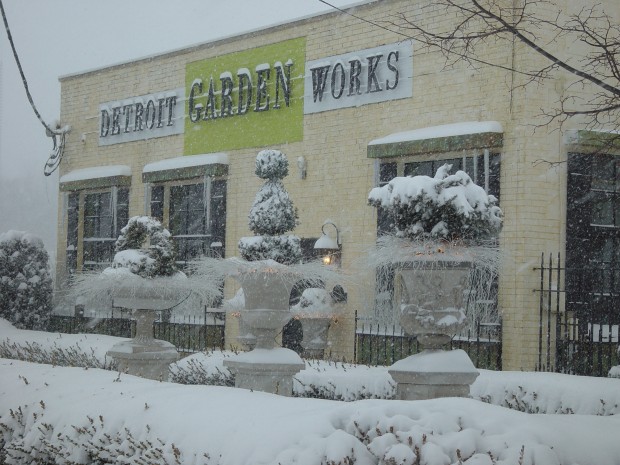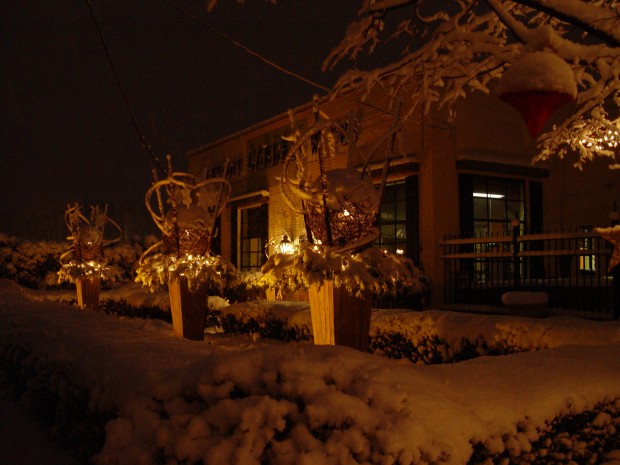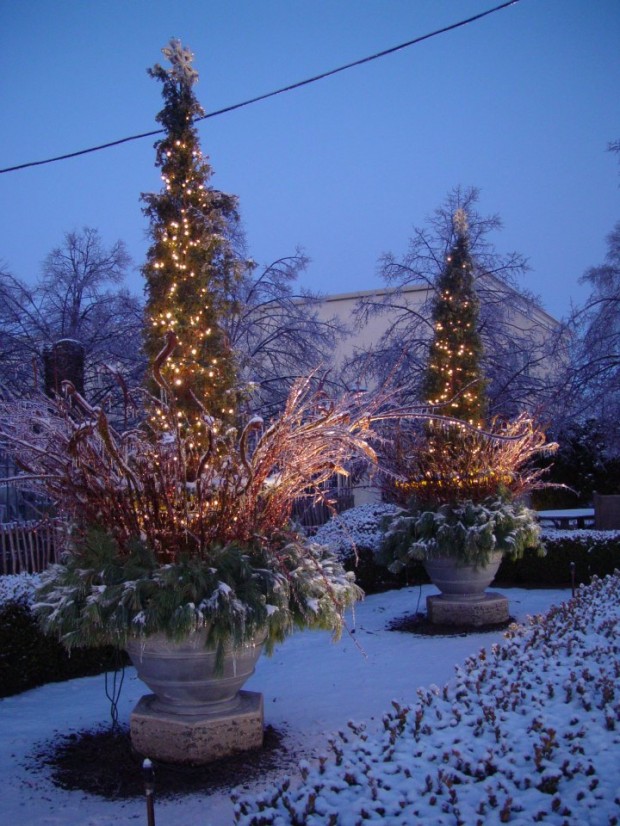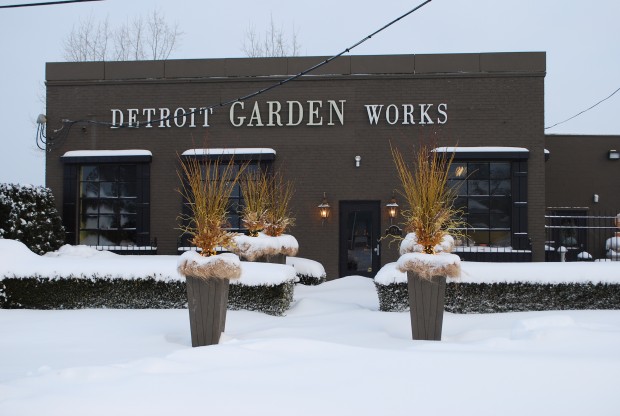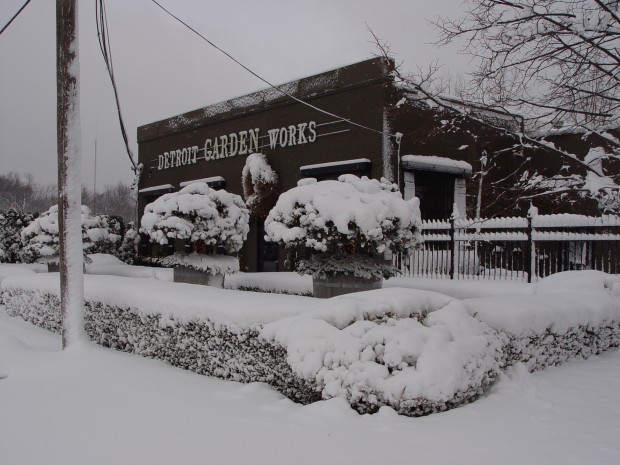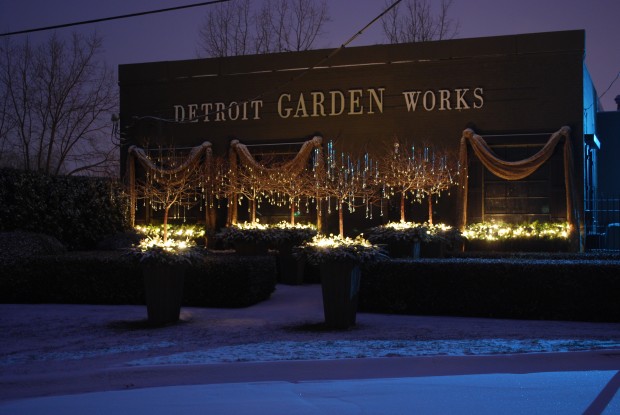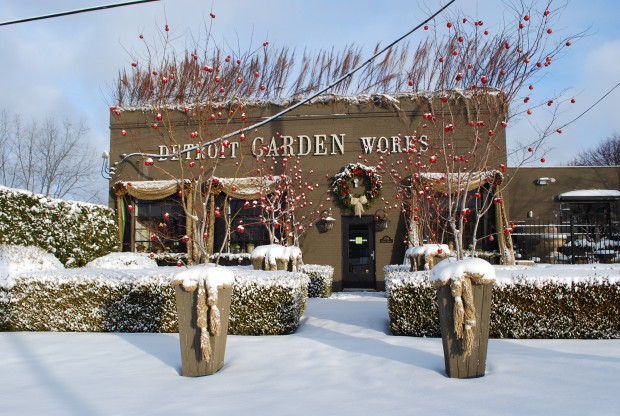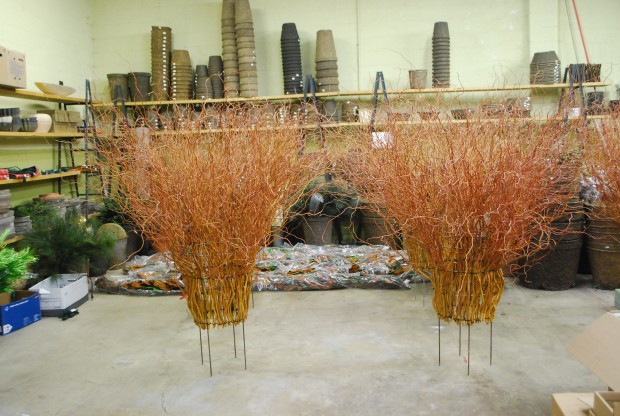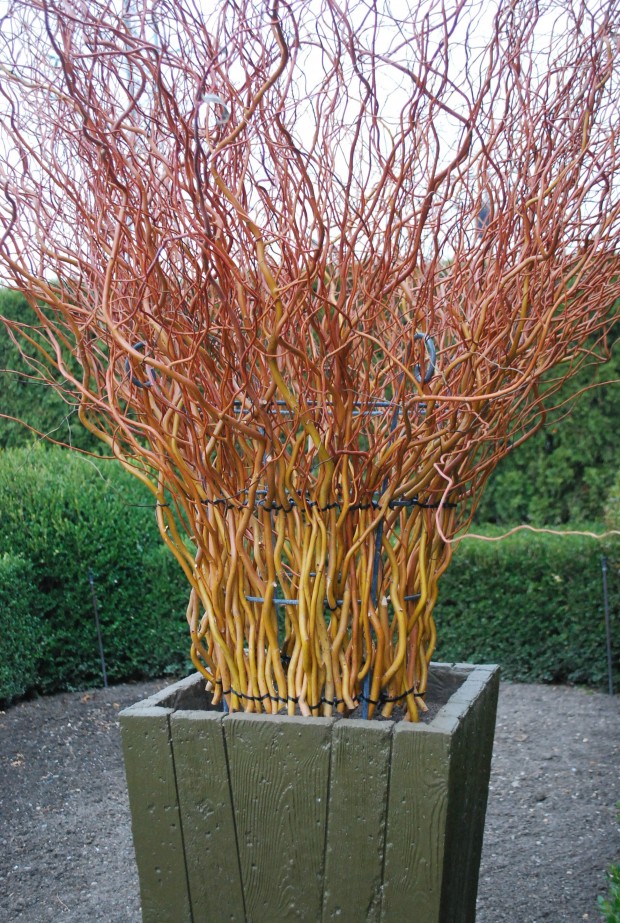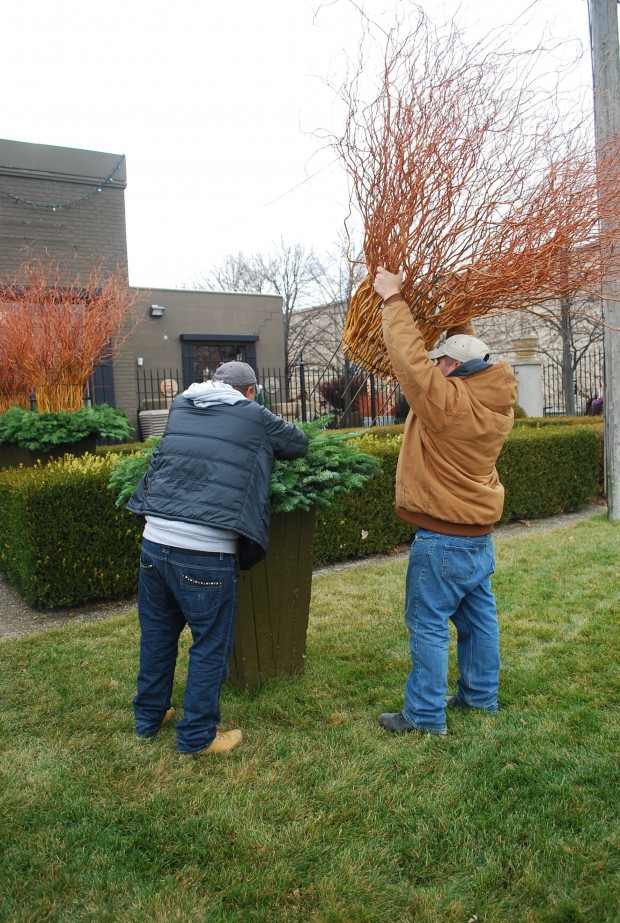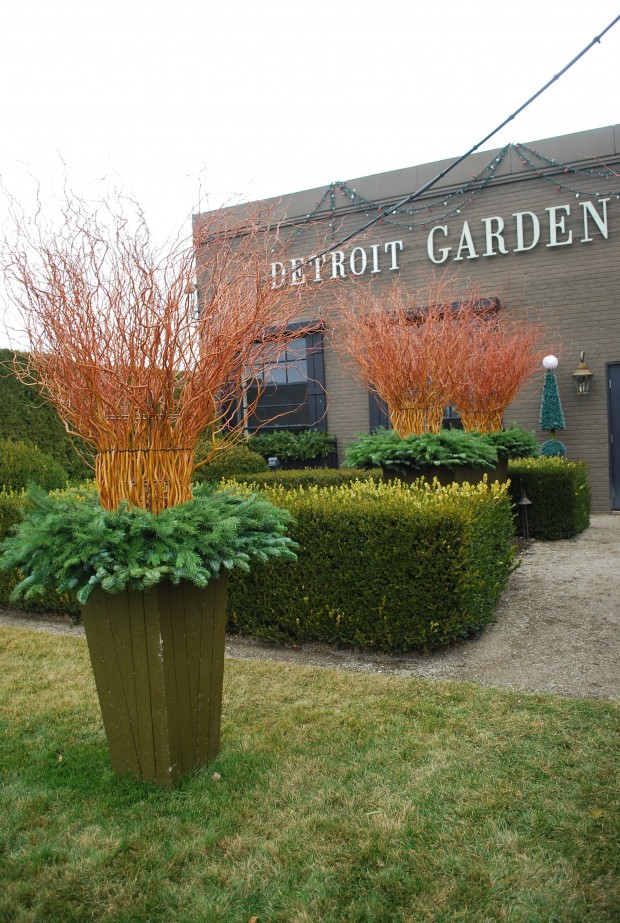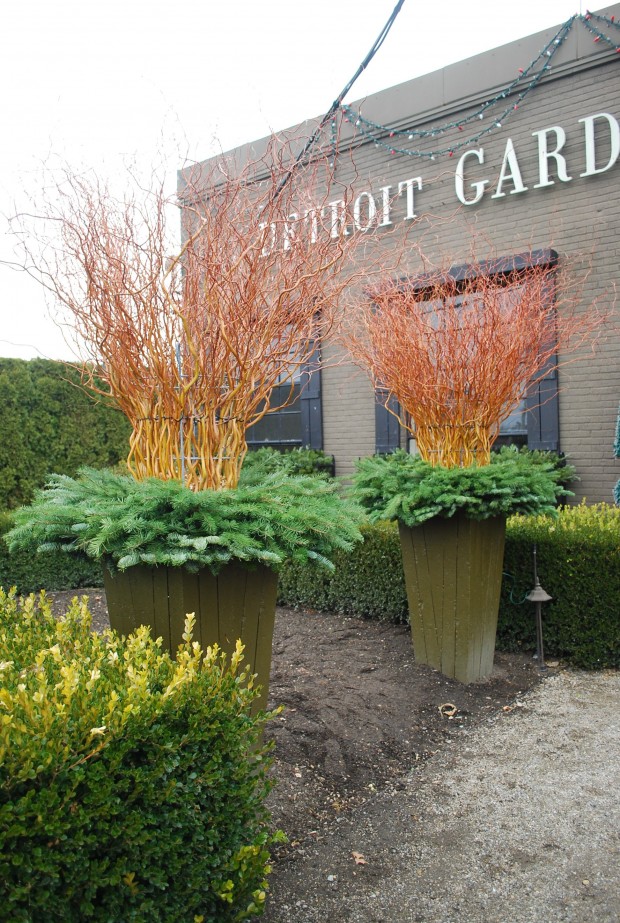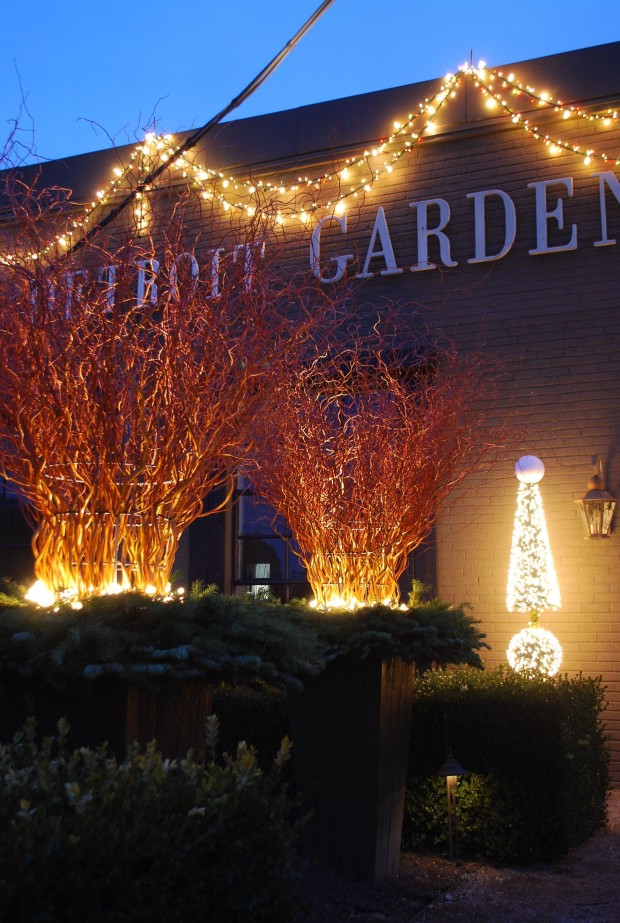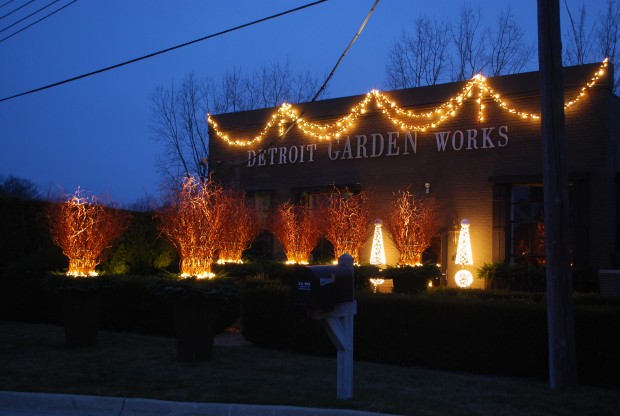Light is such a powerful element in the landscape- critical to the well being of plants and people alike. The story of how light from the sun reaches the earth is astonishing. But more importantly, light is life giving, and life sustaining. There would be no garden without it. No wonder that at that time of year that the light is so low in the sky, and shy to show itself at best, the garden sleeps. Would I choose to hibernate if I could? No. I like the daily schedule-the dawning of a new day, the close of the old. My garden has no need of a daily dose of vitamin D. It sleeps.
I am awake by 5:30 am, and still awake at 9:30 pm. This means I am spending a lot of time in the dark. The light retreats early this time of year. At five past five, the landscape is largely dark. On a good day, the sky is still streaked with the remains of the light of the day at 5pm. The light sleepily emerges, after 7:30 am. Lighting the winter landscape is naturally on my mind.
No artificially generated light could possibly replace the light that comes from the sun. A sunny spring, summer, fall, or that rare sunny winter day-enchanting. Those seasons, days, and times when there is little in the way of light, gardeners have options. Votive candles glowing in the winter season-not so much a representation of the light from the sky, but a special kind of light with its own warmth and charm.
The landscape can be beautifully, and differently, lit in the winter. I took this picture at the shop very early in the morning. The holiday incandescent lighting is very different than the light on the fountain-courtesy of a photocell light on the building. Different kinds of light in concert makes the night view more interesting.
The loss of the summer sun-there is nothing to be done for it. This means that any effort to light the night will cheer the lot of us. The work of lighting the winter night can be as simple as a lighted pot at the porch or a garland hung in a tree. It can be as festive and inviting as what you see here. I hope next year to convince them to light the underhand of the tower. This would wash the second story with a little light.
The bright lights here come via one of Rob’s light rings, and the lights in greens in the window boxes. The light washing the walls is too strong-I think the fixture needs to be further away from the wall, or the wattage in the fixture turned down. Some light needs to be soft, and some light should be strong. Thoughtful visual punctuation, and rhythm is important to successfully lighting a winter landscape.
Winter light is entertaining at a time when not so much outside entertains. Once the snow comes, the light will be all the more interesting, given that stormy relationship. Winter lighting is anything but uniform. It is directed. This creates opportunityfor a lot of visual drama. Stand outside in the dark, and imagine how and where some light would delight you.
The materials for lighting your night are readily available. Extending a warm welcome has never been easier to achieve.




